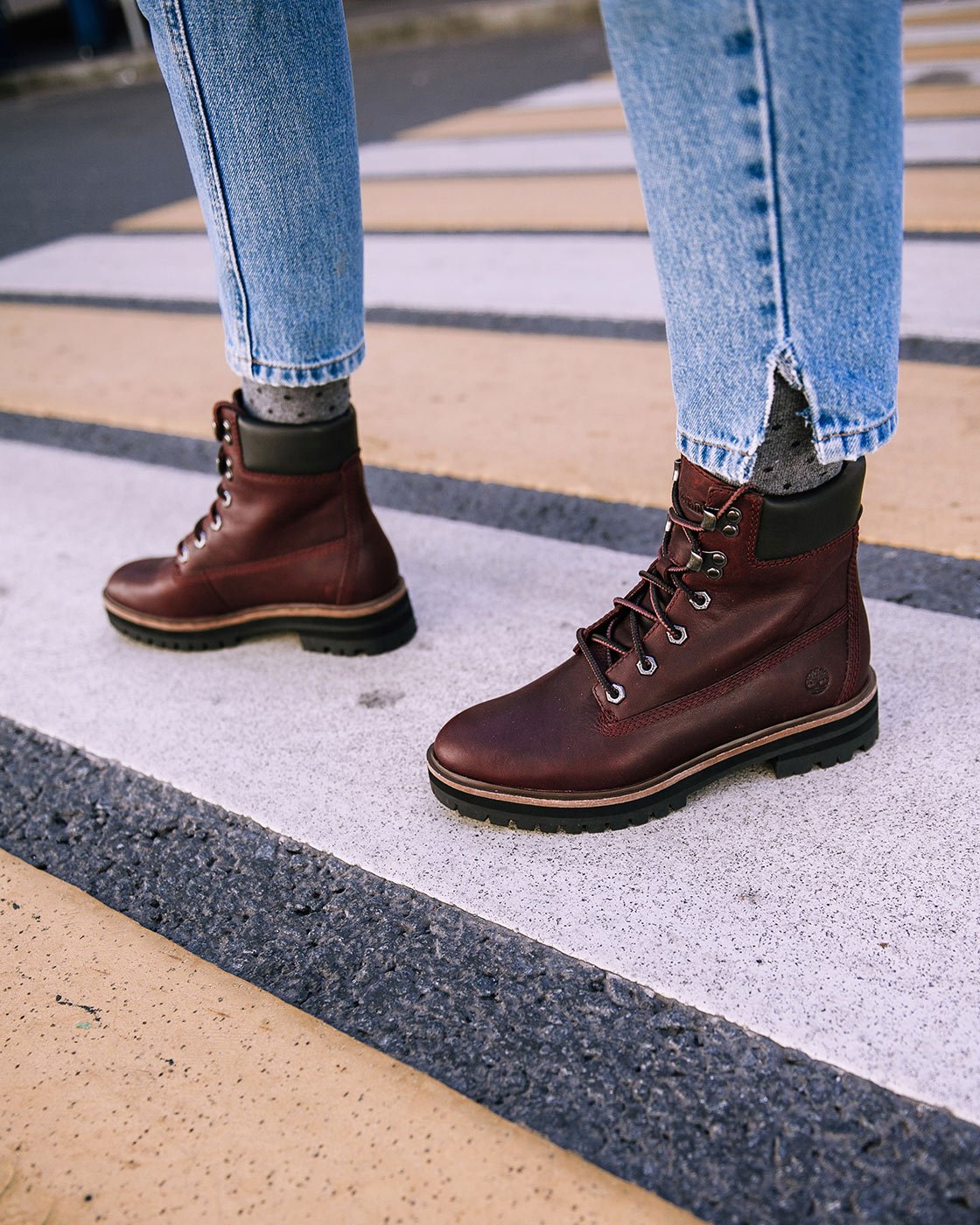Why retail companies should focus on the nonverbal behavior of shoppers
RETAIL AND NONVERBAL COMMUNICATION

The retail context provides a rich arena for the application of nonverbal assessment. Retailers have the relatively rare opportunity to interpersonally interact with consumers. Store managers can see how consumers navigate a store, how they respond to merchandise displays, and how they feel when they try on an item. Moreover, salespeople can interact one‐on‐one with customers to find out how the customer likes a new product line, any additional information the consumer may need before making a purchase, and what the deal breaker was for an item the customer left behind. The nonverbal behavior of consumers offers a wealth of information about consumer attitudes that can be accessed indirectly and is often guided by nonconscious processes. As a result, it represents a significant opportunity for marketing professionals to better understand consumer behavior in a retail context. (Nancy M. Puccinelli, Scott Motyka, Dhruv Grewal)
WHAT TO STUDY IN THE RETAIL ENVIRONMENT
Scientific studies have ingeniously shown how cognitive skills affect bodily processes, how behavior changes cognition and how emotional awareness alters behavior. Each of these processes are therefore intertwined, with each affecting another. This means that if we want to understand a behavior, we should examine the bodily processes, cognition, and emotions. Likewise, if we want to understand an emotion, we should investigate cognition, behaviors, and bodily processes (iMotions). All these aspects can be closely observed and noted by professionals who have training in human behavior. Since nonverbal communication makes up more than 50 per cent of our overall communication and can reveal our thoughts, feelings and intentions, it makes sense to be pursuing this line of research to gain deeper insights into consumer behavior and improve user experience of in person interactions and shopping environment.
EMOTIONS DURING PURCHASES
Given the importance of emotions, it’s not surprising that they have a large influence on purchasing behavior. Individuals remember more emotional events than non-emotional ones (Buchanan & Adolphs, 2002; Hamann, 2001) and` will recall more details about such emotional events (Kesinger & Schacter, 2008). Thus, brands with strong emotional associations should be more likely to be remembered and considered.
Research has also shown that emotions at the time of purchase influence buying behavior (Rick & Loewenstein, 2008). Happy people buy more than sad people, who often spend more time deliberating over these decisions. And interestingly, expected emotions also influence purchase decisions (Rick & Loewenstein, 2008). The expectation of how a product will make a person feel is often a part of the purchase process as consumers imagine how life will be and how they will feel after buying something.
CHALLENGES THAT CAN BE OVERCOME BY STUDYING NONVERBAL BEHAVIOR OF SHOPPERS
Synthesizing knowledge from psychology and marketing research, an understanding of nonverbal communication can help address when and how customers express their underlying feelings in retail interactions that are not evident in direct verbal expressions. Examining nonverbal behavior as an indirect measure of consumer response can enable retailers to better understand the needs of their customers. Nonverbal communication theory is used to develop a conceptual framework that builds on prior research on the situation, expressivity, social status, display rules, and their effects on customer expression. (Nancy M. Puccinelli, Scott Motyka, Dhruv Grewal)
The challenge of understanding a customer’s purchase intent becomes even greater when customers attempt to mask their true feelings. For example, customers may report an intention to buy a product but not actually make the purchase (Morwitz, Steckel, & Gupta, 2007).
WHAT CAN BE MEASURED THROUGH STUDY OF NONVERBAL BEHAVIOR
- Conscious vs. Subconscious behavior
- Overt vs. covert behavior
- Rational vs. irrational behavior
- Voluntary vs. involuntary behavior

When feelings are masked, they can be hidden from normal everyday observers. But people who are trained to be able to spot the true intentions of customers can be made to identify which are the real body signals and which are masked ones. Thus helping retail companies staff to take action if and when required. companies
MEASURING HUMAN BEHAVIOR
Qualitative studies gather non-numerical insights, for example by analyzing diary entries, using open questionnaires, unstructured interviews or observations. Qualitative field / usability studies, for example, aim towards understanding how respondents see the world and why they react in a specific way rather than counting responses and analyzing the data statistically. Quantitative studies characterize statistical, mathematical or computational techniques using numbers to describe and classify human behavior. Examples for quantitative techniques include structured surveys, tests as well as observations with dedicated coding schemes. Also, physiological measurements from EEG, EMG, ECG, GSR and other sensors produce quantitative output, allowing researchers to translate behavioral observations into discrete numbers and statistical outputs
HOW TO OBSERVE SHOPPERS
Research to understand shoppers’ behavior can be done in different ways
- Inviting them to labs to participate in computer simulated studies
- Creating a dummy floor plan and asking them to perform a certain task
- Observing them in action on the actual shopping floor
Observations in the field have several benefits. Participants are typically more relaxed and less self-conscious when observed at home, at school or at the workplace. Everything is familiar to them, permitting relatively unfiltered observation of behavior which is embedded into the natural surroundings of the individual or group of interest. Ethnographic research can be used to improve user experience, create buyer persons and conduct usability studies.
POST COVID WORLD - IMMEDIATE
In the short term, as the world unlocks back to normal, a lot is going to change for shoppers in terms of pre purchase research online, their intent of appearing into stores primarily for purchase rather than perhaps recreational experience and so on. Because of this, retailers would need to understand the behaviour of shoppers with the masks on. It is a call the retailers need to take – would they rather spend on research to understand their shoppers’ changes quickly or rely on their floor staff to be able to guage the changes and attend to the shoppers accordingly.
POST COVID WORLD - LONG TERM
Amazon Go stores are truly an inspiration, perhaps a dream for shoppers. But only those who know exactly what they want to buy. Good for customer purchase experience and checkout. But from the perspective of the entire shopping experience and to ensure brand loyalty, a fully technology driven store cannot be the answer. Humans are a social race – we like to interact with people, seek help and advice when we feel we need it, and feel obliged to those who do end up helping us. If retailers do not reap reach out to their consumers in this manner – a human to human interaction, they would miss out on converting an incidental shoppers into one who stays loyal to their brand for a lifetime!
In conclusion, understanding the nonverbal behavior of shoppers can provide valuable insights for businesses looking to enhance their marketing strategies and improve the overall shopping experience. By paying attention to nonverbal cues such as body language, facial expressions, and gestures, retailers can gain a deeper understanding of customer preferences, needs, and emotions.
From the moment shoppers enter a store to their interactions with products and staff, nonverbal communication plays a crucial role in shaping their perceptions and decision-making process. By creating an inviting and visually appealing store environment, training staff on effective nonverbal communication, and utilizing nonverbal cues in marketing materials, businesses can optimize their ability to attract and engage customers.
Additionally, recognizing the influence of cultural differences and individual preferences on nonverbal behavior allows businesses to tailor their strategies to specific customer segments. By adapting their communication style, visual merchandising, and customer service practices, retailers can create a more personalized and customer-centric experience that resonates with diverse audiences.
In the ever-evolving retail landscape, mastering the language of nonverbal behavior can be a powerful tool for businesses to connect with shoppers on a deeper level, build trust, and drive sales. By incorporating nonverbal communication principles into their marketing and customer service practices, retailers can differentiate themselves, foster positive shopping experiences, and ultimately build long-term customer loyalty.
Understanding and leveraging the nonverbal behavior of shoppers is an ongoing process that requires observation, analysis, and continuous improvement. By staying attuned to the nonverbal signals that shoppers convey, businesses can stay one step ahead, anticipate customer needs, and deliver exceptional shopping experiences that leave a lasting impression.
Explore the fascinating world of nonverbal behavior in retail, unlock the potential of nonverbal communication, and watch as your business thrives in the dynamic realm of shopper engagement.
HOW WE CAN HELP
Enhance your teaching impact with our tailored programs focused on improving non-verbal communication. Learn to build stronger connections with students, manage classrooms effectively, and boost student engagement. If you are looking to upgrade your body language skills, check out our online pre recorded courses on various topics that come with lifetime access. You can also explore our Signature Body Language Personal Coaching program Reach out to us on – 99309 41534




























